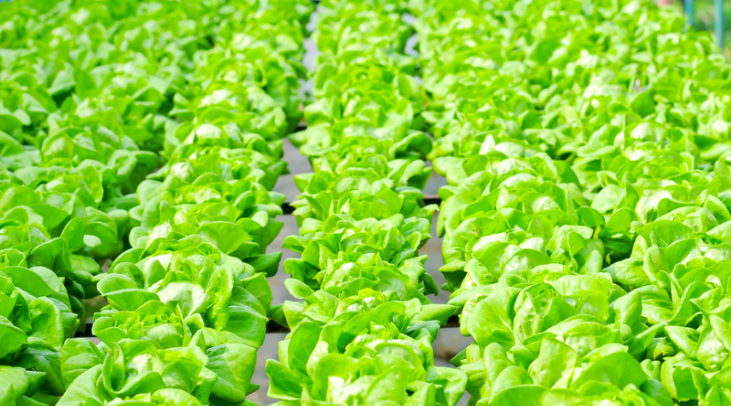Hydroponics, an innovative soilless farming method, is transforming agriculture by providing an efficient and sustainable way to grow plants. At the heart of this system is a critical yet often overlooked component: oxygen. We know that plants rely on carbon dioxide for photosynthesis, but oxygen plays an equally important role in plant growth and development, especially in hydroponic systems.
Understanding the Role of Oxygen
Oxygen is essential for the process of cellular respiration, where plants convert sugars into energy. This energy powers vital processes like root development, nutrient absorption, and overall plant growth. In soilless hydroponics, oxygen supply in the root zone is even more important. Oxygen in the Root Zone In traditional soil-based agriculture, roots receive oxygen naturally through air pockets in the soil. But in hydroponics, where roots are immersed in water or a nutrient-rich solution, ensuring an adequate supply of dissolved oxygen (DO) is essential. Without enough oxygen, roots can suffocate, resulting in stunted growth, nutrient deficiencies and disease susceptibility.
Why Oxygen is So Important in Hydroponics
1. Energy Production:
Plants need oxygen for aerobic respiration to absorb nutrients and produce the energy they need to grow.
2. Root Rot Prevention:
An adequate oxygen supply inhibits the growth of harmful anaerobic pathogens that cause root rot and other diseases.
3. Healthy Microbial Environment:
Beneficial microorganisms in hydroponic systems thrive in oxygen-rich conditions, promoting plant health and nutrient availability.
Ensuring Optimal Oxygen Levels
Maintaining adequate oxygen levels is the foundation of successful hydroponic cultivation. Key strategies to ensure sufficient oxygen is provided to the roots include:
1. Aeration Techniques
Use an air pump and air stones to create bubbles in the nutrient solution to ensure a steady supply of dissolved oxygen. This is especially important for Deep Water Culture (DWC) systems.
2. Temperature Control
Warmer water contains less oxygen. Therefore, keeping the nutrient solution at a temperature of 64-72°F (18-22°C) helps maintain optimal DO levels.
3. Regular Water Cycling
Constant circulation of the nutrient solution prevents stagnation and keeps the oxygen content consistent throughout the system.
4. Oxygenating Solutions
Some hydroponic growers use oxygenators or the controlled addition of hydrogen peroxide to increase oxygen availability in the water.
5. Choosing a Substrate
Substrates such as clay pebbles or rockwool allow roots access to additional oxygen while providing structural support.
Benefits of Proper Oxygen Supply
Hydroponic plants that have access to optimal oxygen levels enjoy the following benefits:
- Faster growth
- Stronger root systems
- Improved nutrient uptake
- Tolerance to environmental stresses
- Higher yields and better quality products.
Oxygen is the lifeblood of a hydroponic system, ensuring plants can thrive in soilless environments. Prioritizing oxygen supply to the roots through effective ventilation and temperature control allows farmers to realize the full potential of hydroponic cultivation. With innovations in oxygen management, this sustainable method continues to pave the way for a greener, more efficient future of agriculture. Investing in oxygen optimization is not just a technological tweak. The result is healthier crops, higher yields and a more sustainable planet.

